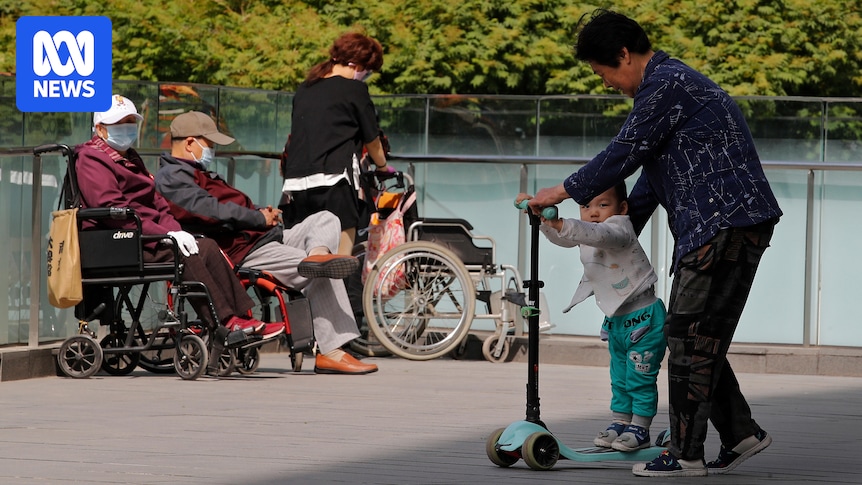
Falling has emerged as the leading cause of injury-related deaths, hospitalizations, and emergency department visits, according to a recent report by Perth-based not-for-profit organization Injury Matters. The annual Falls Report sheds light on the demographics, locations, and circumstances of falls across Western Australia, highlighting the significant impact on the elderly population.
In 2023, individuals aged 65 and over accounted for more than two-thirds of falls-related hospitalizations. Among those aged 85 and over, falls represented 10 percent of all emergency department visits. While falls affect all age groups, including children aged five to 14, Injury Matters General Manager Suzanne Butler expressed particular concern about the impact on older adults.
“We know one in three people aged over 65 years will have a fall every year,” Ms. Butler stated during an interview with Geraldine Mellet on ABC Radio Perth. “Unfortunately, they can be seen as an inevitable part of getting older.”
Understanding the Risks and Prevention
The report emphasizes that falls are preventable and challenges the notion that loss of balance and mobility is an unavoidable consequence of aging. Injury Matters advocates for proactive measures to mitigate fall risks, with exercise being a cornerstone of their prevention program.
“It could be as simple as standing up from a chair,” Ms. Butler explained. “If people have difficulty getting out of a chair, that can indicate the need to speak to a health professional or do exercises to build strength.”
“Exercises like Tai Chi are fantastic. Even water aerobics can be a great start. As things become easier, the best way to build your strength and balance is to continue to challenge yourself.” — Suzanne Butler
Interventions and Success Stories
For those already experiencing unsteadiness and using mobility aids, Ms. Butler reassures that it’s never too late to regain strength. “We’ve heard great stories from people who’ve used mobility devices, received professional intervention, or followed our exercise recommendations and no longer need their walkers,” she noted.
Preventing Falls at Home
In addition to exercise, regular medication reviews and eye tests are crucial, as vision significantly affects balance. Given that most falls occur at home, identifying and mitigating trip hazards is essential. Ms. Butler pointed out that most home falls happen in the backyard, bathroom, and bedroom.
“It could be things like clutter around, leaving things on the floor,” she said. Rugs and floor mats are common trip hazards, as are bathrooms lacking handrails.
Ms. Butler also suggested using technology, such as sensor lights, to enhance safety at night. While some may resist altering a long-standing home environment, she emphasized the importance of these changes for maintaining independence.
“Those kinds of things that can support people to live independently and safely in their own home as they get older are really important. Everyone wants to live at home and maintain that independence.” — Suzanne Butler
Looking Forward: A Community Effort
The findings from Injury Matters underscore the need for a community-wide effort to address the challenges posed by falls. By promoting awareness and implementing preventive strategies, the organization aims to reduce the incidence of falls and their associated health impacts.
As Western Australia grapples with an aging population, the insights from the Falls Report are a call to action for both individuals and policymakers. By fostering a culture of prevention and resilience, the region can better support its elderly citizens in leading safe, independent lives.






